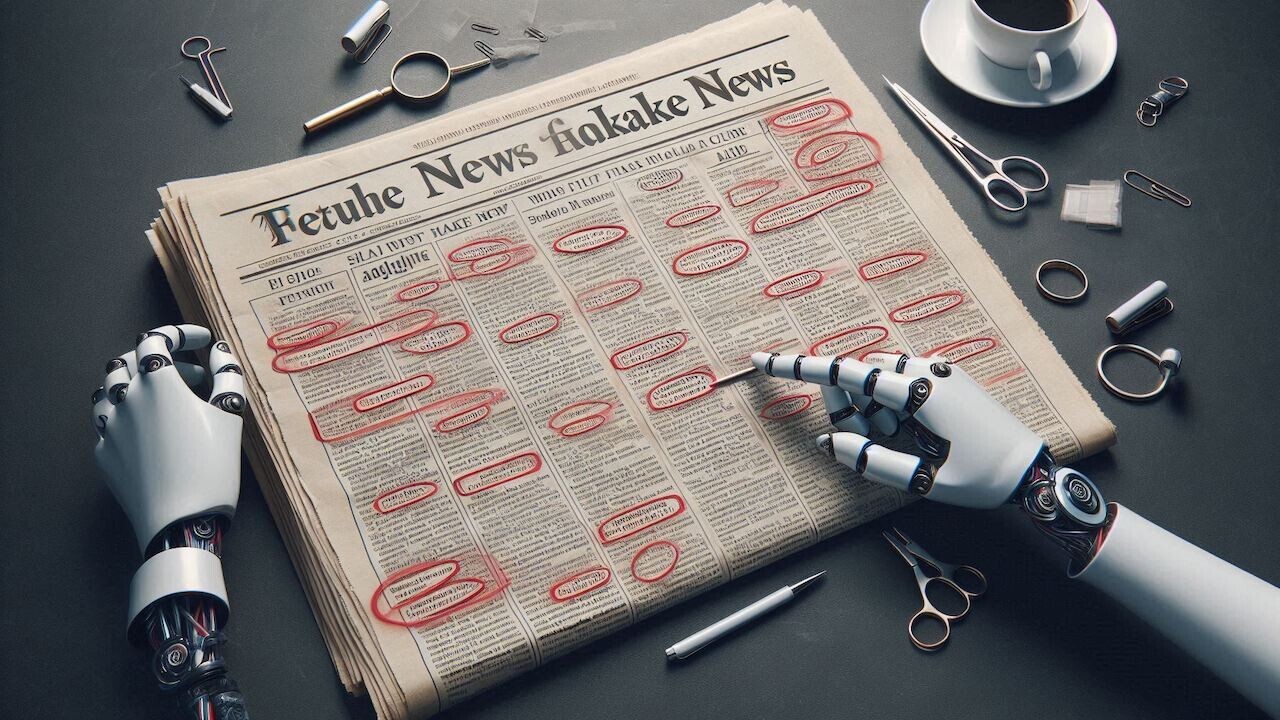How close are we to creating accurate AI to detect fake news?

According to The Next Web, scientists and tech companies are actively working on developing artificial intelligence capable of recognising fake news. However, despite significant progress in this area, creating a truly reliable fake news detection tool remains a challenge. The reason for this lies in the difficulty of recognising the subtle nuances that may be contained in texts, as well as in the ever-changing strategies of disinformation.
Modern models, even the most powerful ones, such as GPT and BERT, can effectively analyse language and identify potentially manipulative or false content. But they are not yet fully accurate. One of the biggest obstacles is the difficulty in determining the context and intentions of the author - AI can find implicit hints, but does not always understand sarcasm or satire, and sometimes fails to catch when texts are simply personal opinions.
The Next Web article notes that researchers are trying to improve the accuracy of AI by combining different approaches: language models, user behaviour analysis, and content fact-checking. In addition, mechanisms for source verification and cross-platform analysis are being added, which allows taking into account information from various social networks and media.
The task is further complicated by the fact that there is a difference between outright fake news and those that partially contain the truth, which is presented for manipulative purposes. The developers admit that years of research and testing are needed to create a truly accurate tool. However, according to them, these systems can already help identify the most obvious fakes, which is a significant step forward in the fight against disinformation.
So, although fully automated and accurate fake news recognition remains unattainable, progress in this area gives reason for optimism.
Source: thenextweb.com